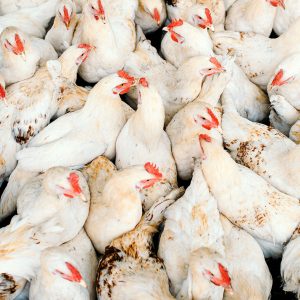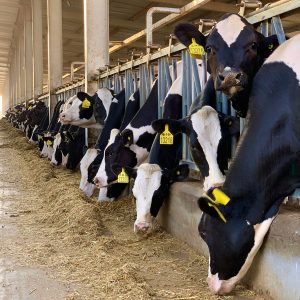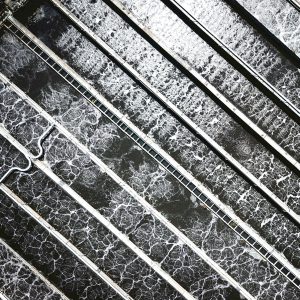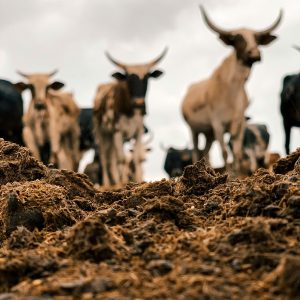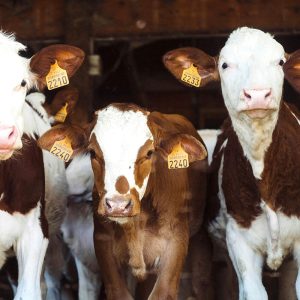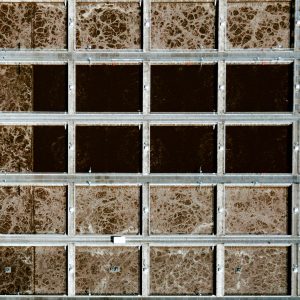Turning Sludge into Treasure: The Pinery Wastewater Treatment Plant’s Composting Success Story
The Pinery Water/Wastewater District in Parker, Colorado, has found a unique and cost-effective way to manage sludge, a byproduct of wastewater treatment. Instead of viewing sludge as a waste product, they’ve turned it into a valuable soil amendment through a simple composting process. This blog post will explore their process and the benefits it brings.
Composting Process
- The process begins with sludge being held in a large tank for approximately two weeks.
- The sludge is then dewatered using a belt press system, resulting in a filter cake with a solids content of 12-15%.
- This filter cake is transported to a drying pad where it’s mixed with older, drier sludge. The high solids-to-moisture ratio of the older sludge helps to speed up the drying process of the new material.
- A Brown Bear auger tractor mixes and aerates the sludge three times a day. This frequent turning is key to minimizing odors and eliminating the need for bulking agents.
- Under favorable weather conditions, the sludge reaches the desired 70-80% solids content in about seven days.
- During the winter months, the sludge is stockpiled and processing resumes in the spring.
- The finished compost is then either sold or used by the district.
Benefits of the Composting System
- Cost-effective: The composting system has significantly reduced the cost of sludge management. Previously, the district spent around $76 per ton to process and distribute sludge, but now they earn $15 per ton by selling the compost.
- Environmentally friendly: The composting process is natural and produces a high-quality soil amendment that meets Class A 503 standards. This means the compost is safe for use in various applications, including gardens and golf courses.
- Odor control: The frequent turning of the sludge and the use of older, drier sludge as a bulking agent effectively minimizes odors, reducing complaints from neighbors.
- User-friendly product: The final product is dry, granular, and easy to apply, resembling high-quality black dirt.
Public Perception
Interestingly, putting a price on the compost has actually increased demand. Initially, the district struggled to give away the compost, even to sophisticated users like landscapers and golf courses. However, once they started charging for it, it was perceived as a valuable product. Now, all of the compost produced is sold.
The Pinery Wastewater Treatment Plant’s composting system is a model for other facilities looking for sustainable and cost-effective ways to manage sludge. Through a simple and innovative approach, they’ve turned a waste product into a valuable resource, benefiting both the environment and the community.

